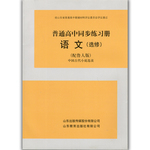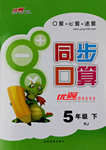题目内容
连词成句
1.to buy some she wants bananas
2.how play Jim does often football
3.are interested music we in
4.doing boy his the is homework
5.there the aren’t any in birds tree
练习册系列答案
 海淀黄冈名师导航系列答案
海淀黄冈名师导航系列答案 普通高中同步练习册系列答案
普通高中同步练习册系列答案 优翼小帮手同步口算系列答案
优翼小帮手同步口算系列答案
相关题目
题目内容
连词成句
1.to buy some she wants bananas
2.how play Jim does often football
3.are interested music we in
4.doing boy his the is homework
5.there the aren’t any in birds tree
 海淀黄冈名师导航系列答案
海淀黄冈名师导航系列答案 普通高中同步练习册系列答案
普通高中同步练习册系列答案 优翼小帮手同步口算系列答案
优翼小帮手同步口算系列答案